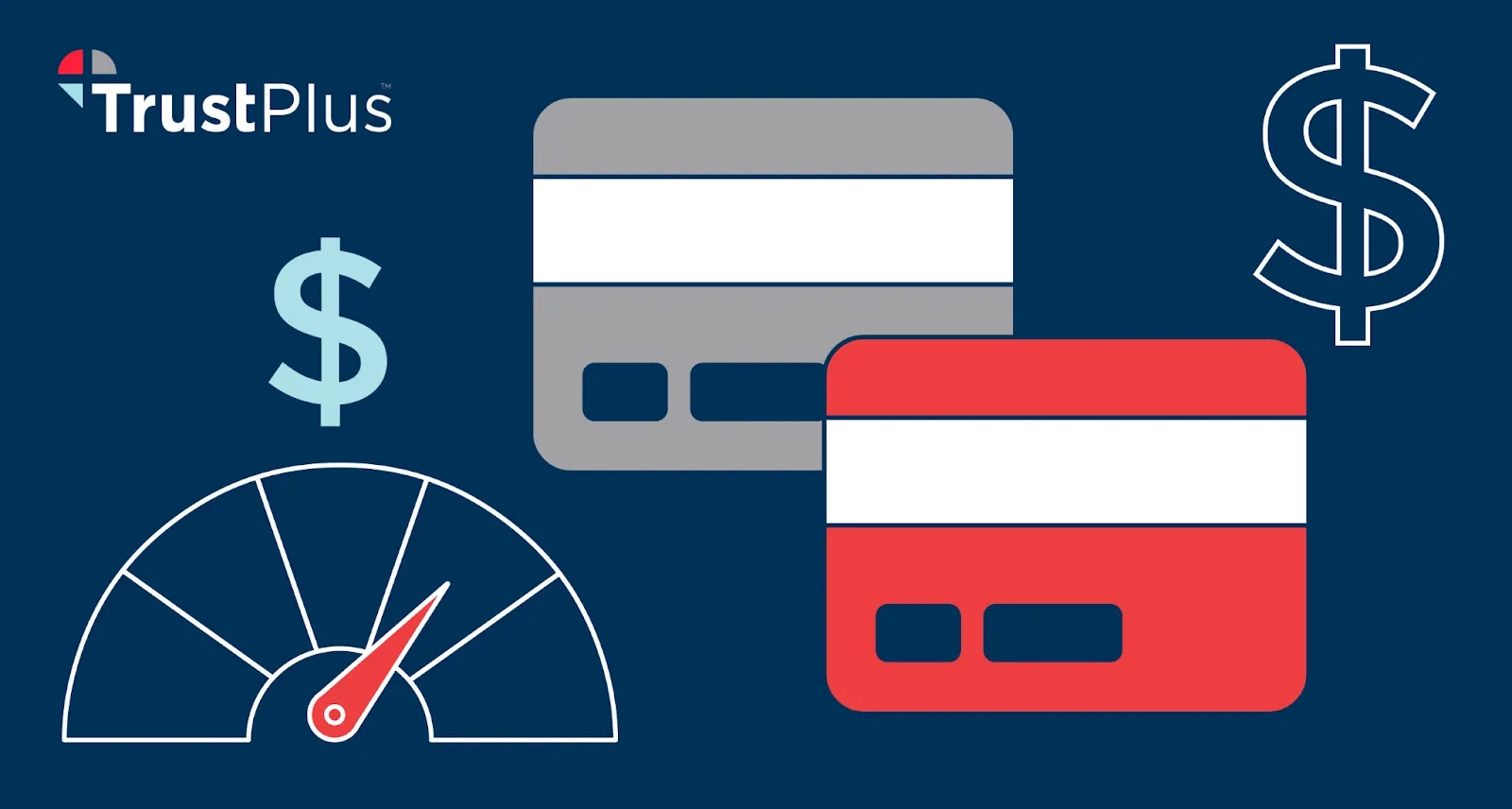The percentage of credit card balances in serious delinquency climbed to its highest level since 2012 according to the latest data from the Federal Reserve Bank of New York. In response, smart employers are strengthening financial wellness benefits to help employees reduce debt, improve credit, and build savings—with health, productivity, and profits in mind.

Your workers’ financial situations are deteriorating.
The percentage of credit card balances in serious delinquency (90+ days late) climbed to its highest level since 2012 according to the latest data from the Federal Reserve Bank of New York’s “Quarterly Report on Household Debt and Credit” for the first quarter of 2024.
Meanwhile, the average balance per consumer grew to $6,218, an 8.5% jump, year over year, according to the latest quarterly credit industry insights report from TransUnion.
“In the first quarter of 2024, credit card and auto loan transition rates into serious delinquency continued to rise across all age groups,” Joelle Scally, regional economic principal within the Household and Public Policy Research Division at the New York Fed, said in a press release. “An increasing number of borrowers missed credit card payments, revealing worsening financial distress among some households.”
“Some households” in this case include younger and lower-income workers (18- to 29- and 30- to 39-year-olds), who are increasingly forced to turn to debt to afford everyday necessities like…food.
Debt reduction strategies shouldn’t include not eating
A new report from Urban Institute reveals that more than one in four adults who paid for groceries with a credit card paid less than the full balance of their grocery bill in 2023.
They accrued debt to stave off starvation.
But it’s not only credit card debt to which they turned.
Problematically, payday loans and Buy Now, Pay Later (BNPL) options were also in the mix, with often exorbitant interest rates that trap workers in cycles of deepening debt.
“Increases in the cost of essential goods, a pared-down social safety net, and increased borrowing costs left many families struggling to meet their financial needs in 2023,“ as “How Many Families Take on Debt to Pay for Groceries?” put it.
Employee financial stress hampers (mental) health, productivity, profits
When your workers are struggling to meet their financial needs, they’re stressed about money. This employee financial stress hampers their mental and physical health, causing their productivity to suffer, along with your bottom line and ability to advance your mission:
“…higher financial worries were significantly associated with higher psychological distress…The findings suggest that accessible financial counseling programs and public health intervention programs are needed to mitigate financial worries and its negative influences on overall psychological health, with greater attention devoted to vulnerable populations,” write Soomin Ryu and Lu Fan in the Journal of Family and Economic Issues.
(Accessible financial counseling programs like personal financial coaching from TrustPlus?)
All of that negative influence on psychological health takes its toll on employers and ends up costing organizations trillions of dollars.
According to “Organizational Best Practices Supporting Mental Health in the Workplace” in the Journal of Occupational and Environmental Medicine:
“The debilitating effects of poor mental health go beyond the direct costs of treatment and include even larger indirect costs related to lost productivity, such as through absenteeism and presenteeism…indirect costs incurred from absenteeism and presenteeism were estimated to be $1.7 trillion annually in 2010 and direct costs added an additional $0.8 trillion, with these costs expected to double by 2030.”
Strengthening financial wellness benefits; recommendations for employers
In response to these myriad, interconnected costs, smart employers are strengthening financial wellness benefits to help employees reduce debt, improve credit, and build savings.
1. Research debt and credit benefits.
“Even as employers are expanding their financial wellness offerings, credit- and debt-related benefits remain some of the least frequently offered benefits,” according to “Workplace Financial Health Innovation: Rolling Out Credit- and Debt-Related Benefits for Your Employees.”
So, they’re a key way to differentiate your organization from your competitors in the battle for talent.
2. Think short and long term, of retirement and emergency savings benefits.
“When designing benefits programs, employers tend to overlook the importance of short-term financial needs,” per the FHN brief, so benefits like emergency cash savings can be particularly helpful.
Emergency savings is an idea whose time has come, in the wake of the recent epochal shift in employees’ top financial stressors, from saving for retirement to making it to the next paycheck and covering unexpected expenses like medical bills and auto repairs.
Smart employers are taking note, strengthening your financial wellness benefits accordingly–with health, productivity, and profits in mind.
Schedule a time with TrustPlus to discuss strengthening your financial wellness benefits.






